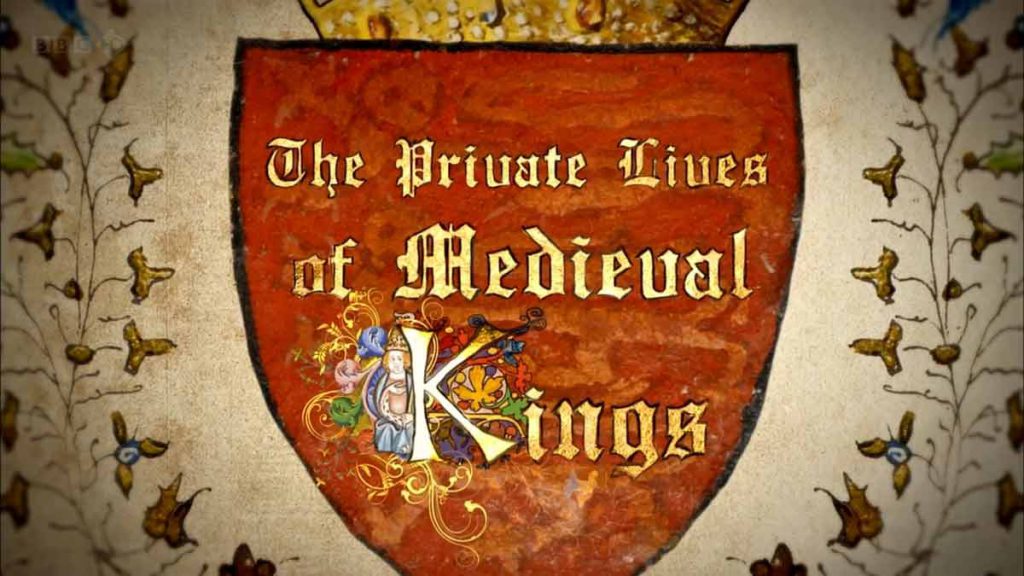The Private Lives of Medieval Kings episode 1 : Dr Janina Ramirez unlocks the secrets of illuminated manuscripts that were custom-made for kings and explores the medieval world they reveal. She begins her journey with the first Anglo-Saxon rulers to create a united England, encountering books in the British Library’s Royal manuscripts collection which are over a thousand years old and a royal family tree which is five metres long.
Janina finds out about a king who had a reputation for chasing nuns and reads a book created as a wedding gift for a ten-year-old prince. She roams from Westminster Abbey to other ancient English spiritual sites such as Winchester, St Albans and Malmesbury, and sees for herself how animal skins can be transformed into the finest vellum.
The Private Lives of Medieval Kings episode 1
Illuminated manuscripts are hand-written books with painted decoration that generally includes precious metals such as gold or silver. The pages were made from animal skin, commonly calf, sheep, or goat. Illuminated manuscripts were produced between 1100 and 1600, with monasteries as their earliest creators. Wealthy patrons also wanted these illustrative works for personal libraries and encouraged the formation of private workshops that flourished in French and Italian cities between the 13th and 15th centuries. The decline of the illuminated manuscript tradition coincided with the ability to mass produce printed text and the increasing numbers of literate people who wanted secular as well as religious books.
lluminated manuscripts were created in various sizes depending on their intended use. The choir pages, below left, were large so that a group could simultaneously view the pages from a distance. The palm-sized prayer book, below right, was produced for a wealthy patron to use for personal worship.
Curators and conservators often work together to examine an artist’s style, techniques, and choice of materials. Looking at artworks under a microscope can reveal minute details that cannot be seen with the unaided eye. Below are two works of art whose similarities in their brushstrokes reveal them to be painted by the same artist, known as the Master of Imola.
